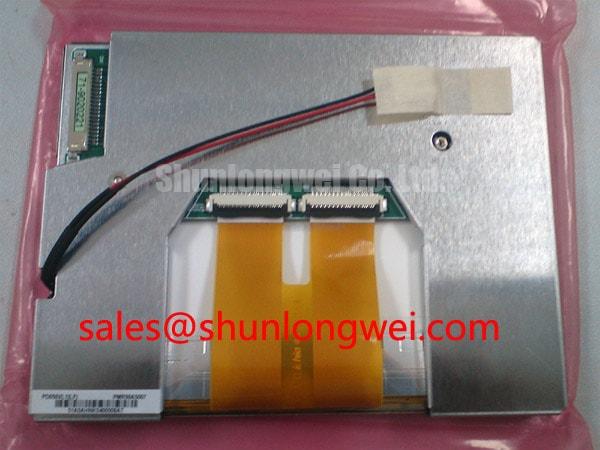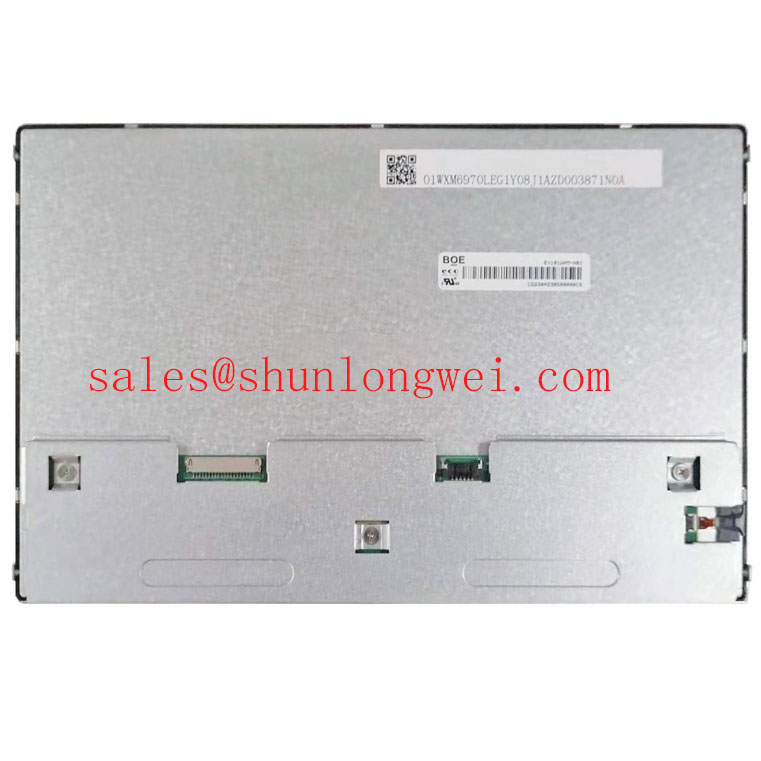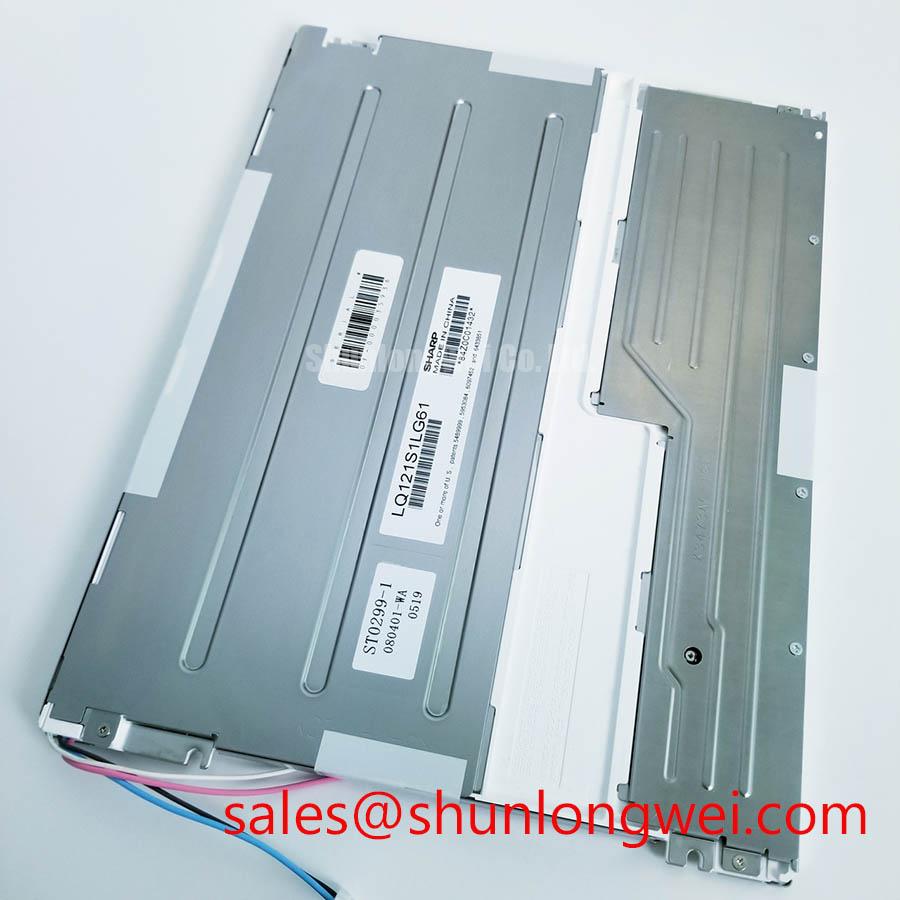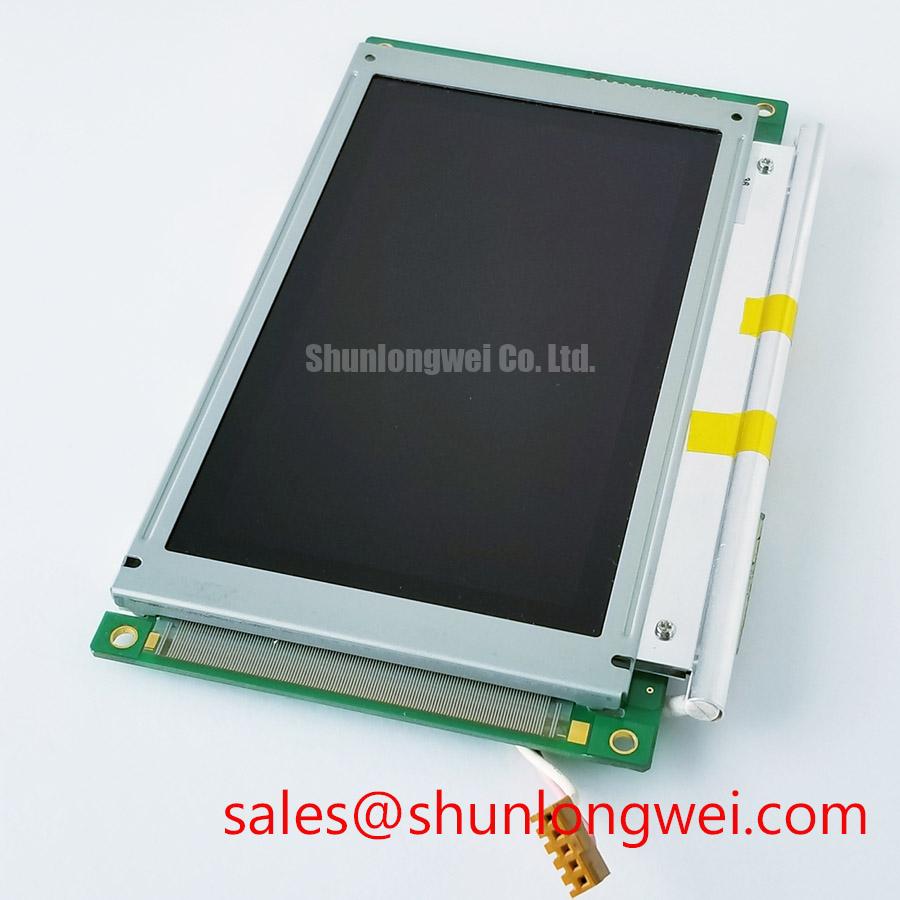## PD050VL1 by PVI: An Industrial-Grade 5.0" VGA Display Engineered for Longevity and Clarity
Content last revised on October 6, 2025.
The PD050VL1 from Prime View International (PVI) is a 5.0-inch a-Si TFT-LCD module, engineered for robust performance in demanding operational environments. Its defining value lies in delivering sustained visual clarity and operational stability across an exceptionally wide temperature range. With a VGA resolution of 640x480, a high-brightness WLED backlight, and a durable design, it provides the essential performance needed for industrial and specialized peripheral applications. Key specifications include a 450 cd/m² brightness, a -30°C to 80°C operating temperature range, and an LVDS interface for reliable data transmission. This display directly addresses the need for a compact, resilient HMI component that will not fail in extreme heat or cold. For systems requiring a different form factor or resolution, displays like the G065VN01 V2 offer alternative solutions.
### Application Scenarios & Value
System-Level Benefits in Environmentally Demanding Applications
The PD050VL1 is purpose-built for applications where temperature fluctuation and long-term reliability are primary engineering challenges. Its exceptional operating temperature range of -30°C to 80°C makes it a prime candidate for unconditioned environments, from outdoor kiosks and automotive displays to control panels in industrial automation settings. The core engineering challenge in these scenarios is ensuring the display remains readable and responsive, whether in sub-zero conditions that can slow liquid crystal response time or in high heat that can degrade components. The PD050VL1's robust thermal design directly mitigates these risks, ensuring consistent performance and a long operational life, which is critical for reducing the total cost of ownership in industrial equipment.
For designers of portable test equipment or field instruments, the combination of a compact 5.0-inch diagonal, low 3.3V input voltage, and an anti-glare surface provides a high-utility HMI solution. The 450-nit WLED backlight provides sufficient brightness for clear readability in most indoor and shaded outdoor conditions, a crucial factor for user efficiency and safety. The standard LVDS Interface simplifies integration with a wide array of embedded systems, reducing design complexity and accelerating time-to-market.
### Key Parameter Overview
Highlighted Specifications for Industrial Integration
The technical specifications of the PD050VL1 underscore its suitability for industrial and embedded applications where durability and consistent performance are paramount. The combination of its thermal resilience, optical clarity, and standardized interface provides a solid foundation for system design.
| Parameter | Specification | Engineering Value |
|---|---|---|
| Screen Size | 5.0 inch (Diagonal) | Compact form factor for portable devices and space-constrained panels. |
| Resolution | 640(RGB) x 480 [VGA] | Provides clear, sharp rendering of GUIs and data for industrial controls. |
| Operating Temperature | -30°C to 80°C | Ensures operational reliability in extreme environmental conditions. |
| Storage Temperature | -40°C to 90°C | High resilience against damage during transport and non-operational periods. |
| Brightness | 450 cd/m² (Typ.) | Good readability in typical indoor industrial and control room lighting. |
| Interface | LVDS (1 ch, 6-bit) | Industry-standard interface for robust, low-noise video signaling. |
| Backlight | WLED, 30,000 Hours (Typ.) | Long-life backlight supports extended product lifecycles and reduces maintenance. |
Download the PD050VL1 datasheet for detailed specifications and performance curves.
### Technical Deep Dive
Dissecting the Impact of Wide Temperature Operation
The -30°C to 80°C operating temperature range is arguably the most critical specification for the PD050VL1's target applications. This is not simply a number; it represents a fundamental design choice that impacts material selection, component stability, and ultimately, system reliability. Think of the liquid crystals within the display like a fluid. At low temperatures, this fluid becomes more viscous, slowing down the crystal's ability to re-orient when a voltage is applied. This is what causes "ghosting" or slow response times on consumer-grade displays in the cold. The PD050VL1 is engineered with liquid crystal material and driving electronics specifically formulated to maintain low viscosity and responsiveness even at -30°C.
At the high end, 80°C poses a different challenge: component degradation. Heat is the enemy of electronics. Prolonged exposure can cause materials in the backlight, polarizers, and TFTs to break down, leading to reduced brightness, color shifts, or outright failure. The PD050VL1's construction utilizes materials with high thermal stability and a robust WLED backlight system designed for effective heat dissipation, ensuring it meets its 30,000-hour lifespan even under significant thermal stress. What is the primary benefit of this design? Enhanced long-term reliability by minimizing temperature-induced failures. This wide operational window allows engineers to deploy systems in challenging locations without requiring costly and complex active heating or cooling systems for the display itself, simplifying the overall mechanical design and improving power efficiency.
### Frequently Asked Questions (FAQ)
What is the significance of the LVDS interface on the PD050VL1?The LVDS (Low-Voltage Differential Signaling) interface is a key feature for ensuring signal integrity in environments with high electrical noise, which are common in industrial settings. Unlike single-ended signals, its differential nature makes it highly resistant to electromagnetic interference (EMI), resulting in a stable, flicker-free image and simplifying system-level EMC compliance.
How does the 400:1 contrast ratio impact usability in an industrial HMI?A contrast ratio of 400:1 ensures a clear distinction between the darkest blacks and the brightest whites the display can produce. For an industrial HMI, this translates directly to improved legibility of text, numerical readouts, and graphical symbols. It helps operators quickly and accurately interpret information, which is critical for reducing errors and enhancing safety, especially when displaying complex process data.
Engineering a Dependable Human-Machine Interface
For design engineers developing systems for industrial automation, specialized vehicle systems, or portable diagnostics, the PD050VL1 offers a compelling combination of a compact footprint and environmental ruggedness. Its core strength lies in its ability to deliver consistent optical performance across a vast temperature range, a feature that directly translates to higher system reliability and a lower total cost of ownership. By specifying a component designed from the ground up for these conditions, engineers can reduce design complexity, mitigate field failure risks, and build products that perform reliably wherever they are deployed.












